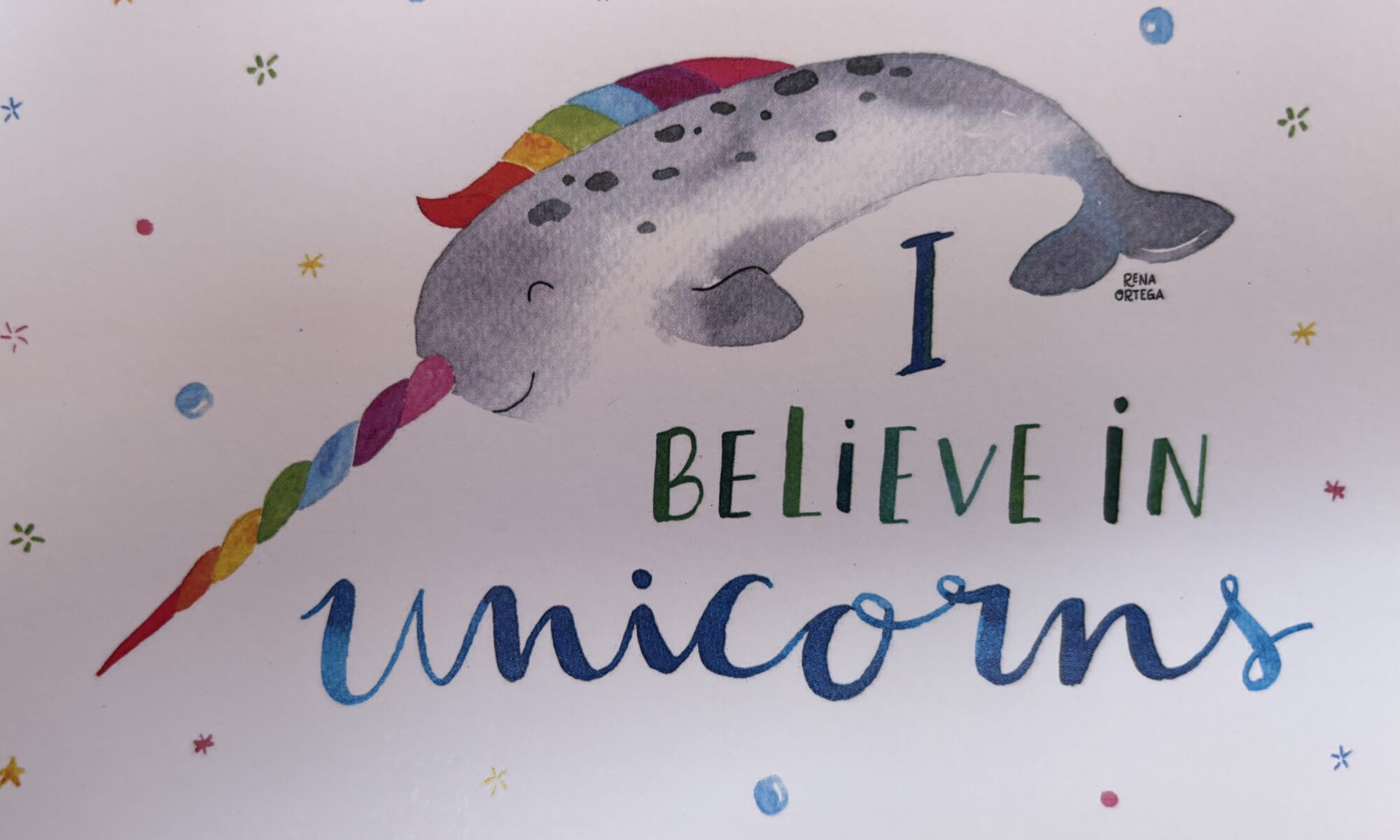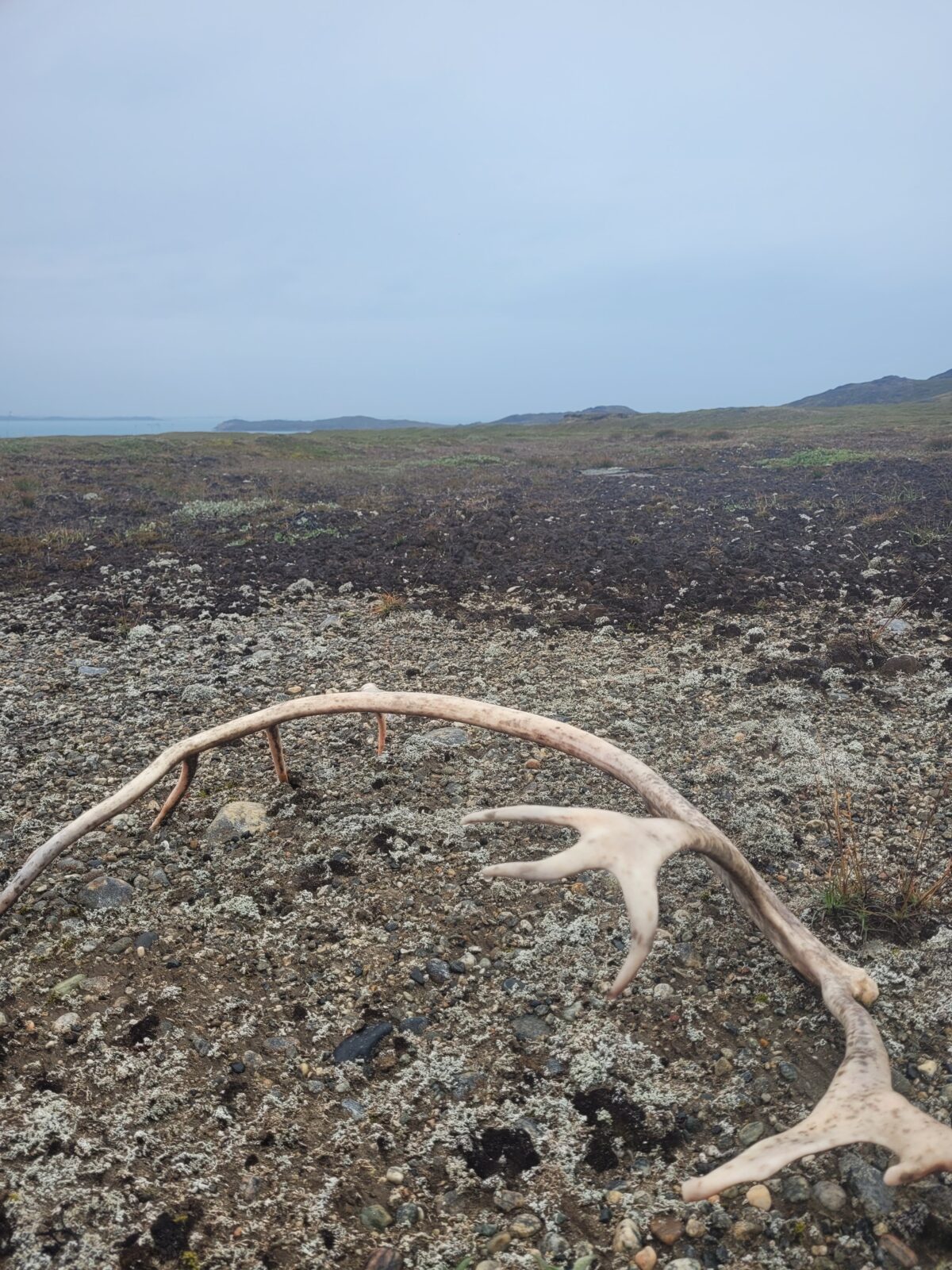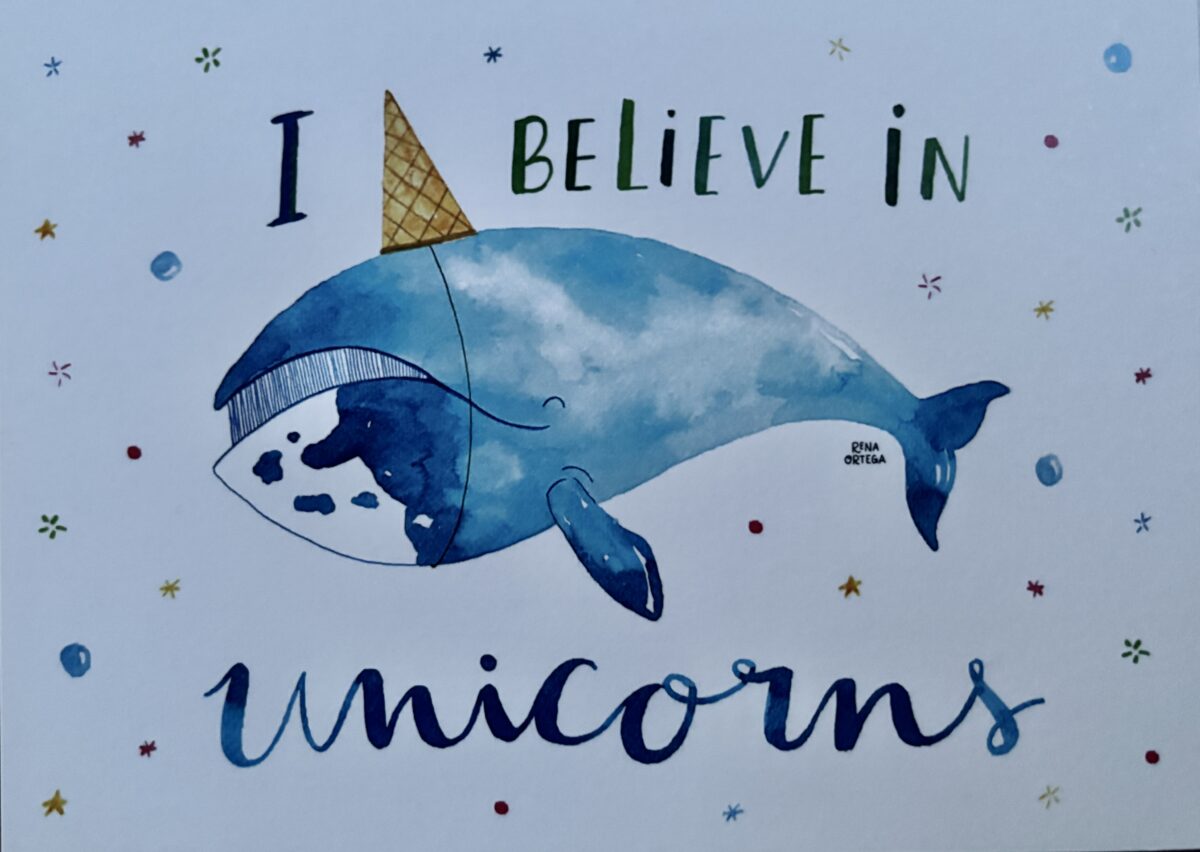The Unicorn of the North

“Well, now that we have seen each other,” said the kindly unicorn to Alice in Wonderland “if you`ll believe in me, I`ll believe in you.”
ANUK is cruising in the same icy waters as the creature that perpetuated the myth of the unicorn for 400 years. The original myth of a fabulous white horse with a single horn protruding from its forehead probably go back to sightings of the rhinoceros reported to the Romans by their African subjects. Vestal virgins whispered stories about the magical properties of the horn.
In the Middle Ages the stories grew. In Chaucer´s “Miller´s Tale” the pilgrims knew that the horn could detect and neutralize poisons, and in powdered form it was an aphrodisiac. To cure epilepsy, they should mix unicorn horn with raisons, cinnamon, amber, coral, ivory and gold: all items of enormous value.
This is where the Arctic comes in. During the 12th century Norse fishermen discovered narwals in Greenland´s seas. These were 4-metre-long whales with a single, twisted ivory tooth over two meters long. This looked exactly like a unicorn´s horn.
Excitement grew when these were brought back to Europe, and narwal tusks were sold as unicorn horns for enormous sums of money. A “unicorn” horn was set in the crown jewels of Queen Elizabeth 1 of England. This came from the explorer Martin Frobisher in 1577, and it was bought for ten thousand English pounds, a vast amount of money sufficient to buy a stately country house and estate.
This fraud was sustained for 400 years because narwals were rarely spotted south of the ice pack, and the traders operated in deadly secrecy. Any whisper that the unicorn horn was in fact the tooth of a whale would be suppressed by violent means.
The whole deception began to unravel when more explorers came here to the Arctic Ocean and began to report tusked whales. Finally, in 1638 a Danish zoologist (bizarrely) named Ole Wurm exposed the scam in a public speech in Copenhagen. He said that the “unicorn horns” were in fact the teeth of a whale, and in evidence he produced the skull and tusk of a narwal. The price of the fabulous horn promptly collapsed.
However, the narwal is still valuable for its interest. It was named Monodon Monoceros in Latin, or “unicorn”, and the word narwal meant “corpse whale” in Old Norse as its mottled skin resembled that of drowned fishermen. Sometimes there are two tusks: we saw a skull with a pair in the Nuuk Museum. Imagine the excitement of a Norse fisherman on seeing double!
The tusk contains 10 million nerve endings that are sensitive to temperature, water pressure and salinity, and probably help the animal to locate itself in the sea as they are epic deep divers: one individual was recorded as diving to 1500 meters (4900 feet), and they typically dive to 800 meters (2600 feet), managing more than 15 dives a day. For an air-breathing mammal this is extraordinary.
These are not the only horns to be found here in the Arctic. Just two days ago we landed at Bluie West 4 at Marraq Point: a remote US airfield used during the war between 1942 and 1945. It is a vast expanse of flat gravel luckily found by an American pilot of a B17 bomber on his way to England. He was aiming for another airfield on Greenland but was running out of fuel.

We looked around but only found some rusting 45-gallon fuel drums. On leaving for the coast we stumbled upon a beautiful set of caribou horns, maybe left by a hunter, or maybe shed by the animal. They are nothing like as valuable as the fabled unicorn horn but they are still beautiful in this deserted landscape.
As Alice wandered amongst her Playing Cards she wondered: why on earth was the unicorn a whiter shale of pale?
Text: Graham Hoyland
